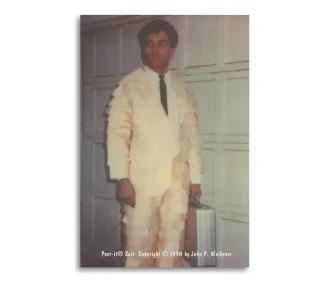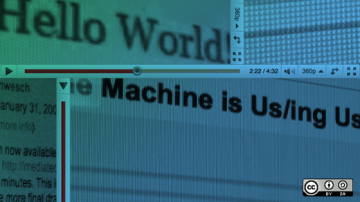
John P. Weiksnar, Ed.M. | Drupal™ futurist.
Currently preparing an online startup based on this modern definition of Drupal—to paraphrase Jeffrey A. “jam” McGuire, “A user interface for building digital businesses.”
Longtime active member of the Drupal Association,
Western NY State Drupal User Group and
SMPTE® (Society of Motion Picture and Television Engineers).
Keeps it light by maintaining cultural and culinary ties worldwide, plus a local love affair with the Niagara Gorge.







Authored Comments
The shapshot aspect of this project could make it double as a handy time capsule. . . .
This is right up my alley, too. I'd also like to see integration with resin.io to update devices in the field. Is that on anyone's radar?